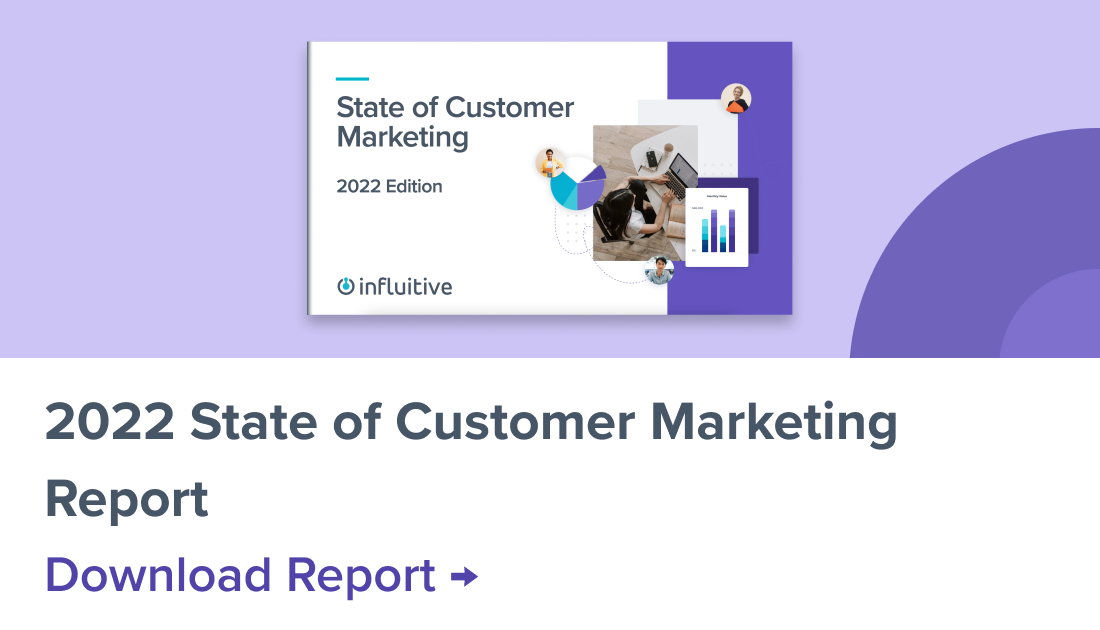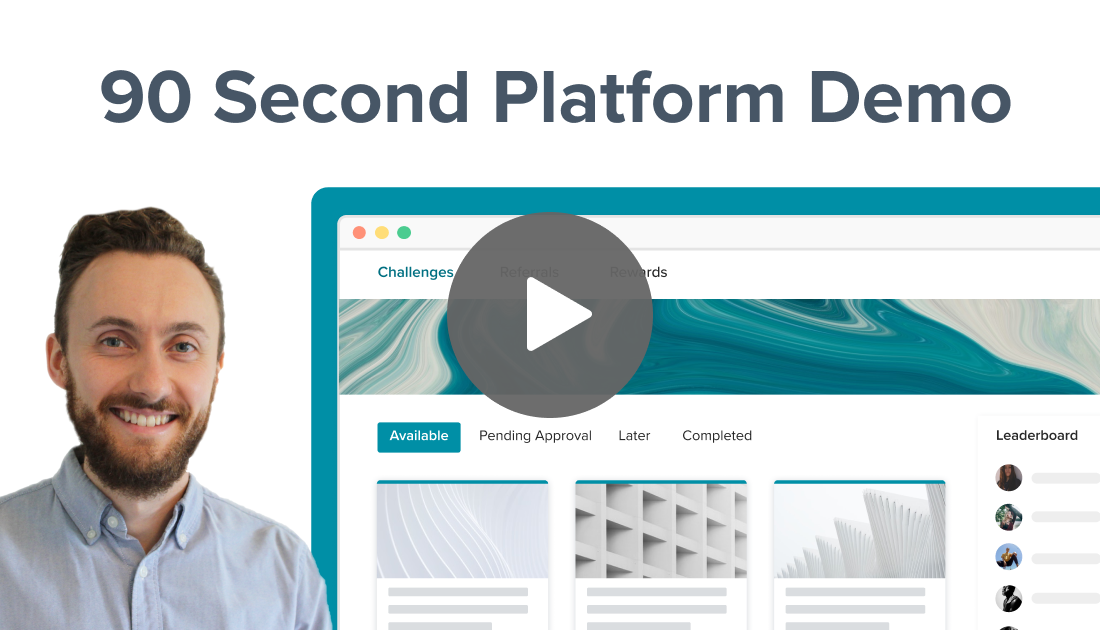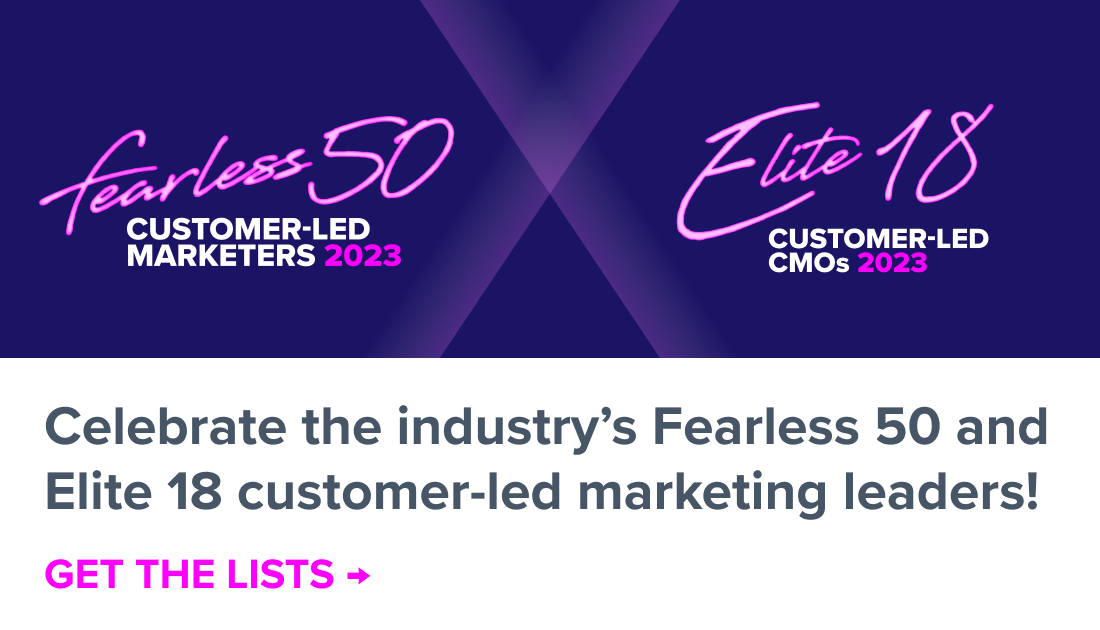Account-based marketing (ABM) and account-based sales development is getting lots of airplay these days—and with good reason. Focus your efforts on targeting high value accounts and selling into enterprises, and your company can quickly reap the rewards.
At Influitive, one of our biggest ABM goals is getting our advocate marketing platform adopted by enterprise accounts. But selling to these companies presents a two-fold challenge.
Challenge #1. First you need to reach key decision makers and convince them to choose your product over a competitor’s. And buying committees are tough to convince. According to CEB, 5.4 people are involved in the average B2B buying decision, and each of those people often have competing goals.
Challenge #2. All of those buyers are relying less on information from sales reps and more on their own independent research. On average, enterprise buyers download eight informational assets while conducting research. And the higher the product price, the more assets buying team members will consume on their path to purchase. All this search supplants time spent talking with sales reps. In fact, a recent Gartner study found that enterprise buyers only spend about “32 percent of their buying time actually interacting with providers…or reviewing provider information.”
So, how can can sales reps insert themselves into the enterprise buying process and boost their chances of winning business? By targeting the right accounts, and using the power of personal relationships and social proof to reach and convince the right people.
Strategically targeting enterprise accounts
Enterprise deals usually fall into one of the following three categories:
- Landing the whale: selling into an enterprise for the first time
- Growing the whale: expanding an existing enterprise account
- Blowing up a whale: displacing a competitive solution within an enterprise
In all of these scenarios, there’s the need for introductions to the right person within the account; someone who can help navigate the enterprise-purchase complexity and get you talking with the purchase influencers, champions and decision makers.
That’s where advocates come into play. Advocates are the customers, partners, employees and evangelists who are fans of what you do, and are willing to talk about it with your target contact. Here’s how you can leverage them for every “whale scenario” to get into your dream enterprise accounts.
Land the whale: get a warm introduction to prospects in your target account
To identify the best prospects for your ABM strategy, take advantage of LinkedIn, company org charts, or online leadership team profiles. Figure out common connections among your customers and other advocates and the people in your targeted account.
By pinpointing the most promising contacts, you can approach your internal champions and external customer advocates with a clear ask (“Can you introduce me to Joe Smith, the Marketing Manager?”) rather than a vague request (“Can you introduce me to the right people within this company?”).
This is what we call “proactive customer referrals,” which is simply asking your advocates for introductions to high-quality prospects in their network. The reason they respond so well to these kinds of requests, instead of blanket requests for referrals is because they don’t have to think hard about who to refer to you. (Read this blog to learn more about this method).
While it’s true that you’ll eventually need to woo a number of decision makers, you just need one relevant pitch to an important player to get your foot in the door at your targeted account.
Grow the whale: expand the account
Once you’ve established a beachhead by selling to a key stakeholder within a target account, foster and nurture your relationship with that person. The goal is for them to become an internal advocate that promotes and refers you.
We’ve seen this work for us. We “infiltrated” and helped one division within a major enterprise see success with our software. We then asked our main contact for proactive referrals to other key stakeholders we had identified, and he in turn referred us to 10 colleagues within different business divisions.
Even if a customer advocate does not personally know the other individuals within her company that you want to reach, she is already connected to them by virtue of being on the same org chart.
Another smart way to leverage internal champions is to get them to bring colleagues to your events, whether that’s an in-person conference or a digital webinar. Ideally the event will spark a discussion that spurs the colleague to want to learn more about your company.
Blow-up the whale: displace the competition
Perhaps you’ve sold into one enterprise department, but find out that another department is using a similar product from a competitor. Eventually the organization will want to standardize and use a single solution.
Rather than focusing on presenting a compelling business case, foster conversations between your advocate and key buyers. In this case, it’s most effective to tap into advocates from outside of the enterprise—the peers whose opinion the company’s key stakeholders value and respect, and who can make the case on your behalf.
For example, say you need to sell your solution to the CMO. If possible, recruit a CMO from another company to advocate on your behalf. Those in leadership positions tend to listen to and be influenced by their peer network. DemandGen Report research has found that peers and colleagues are one of the top three sources B2B buyers use when making a purchase decision. This makes perfect sense since those in the same position are likely balancing and struggling with similar issues.
How to foster advocates
You may be thinking “This all sounds great, but how am I going to find and motivate all of these advocates?”
We constantly nurture our advocates through an online advocate community called Influitive VIP. Every time they introduce us to someone knew, we can track, recognize and reward them for their efforts (which makes them want to advocate more for us).
To learn more about how to mobilize advocates to make the introductions and spark discussions that impact and drive buying decisions, check out the following free resources:
- Influitive Exposed: the story of how we grew 650% in a year with the help of our advocates
- The Little Black Book of B2B Referrals: a guide for driving customer referrals, including tips and ideas from some of our most successful customers
- Engaging Executive Advocates: how to capture the attention of executives and turn them into advocates for your brand from people who’ve done it before










































